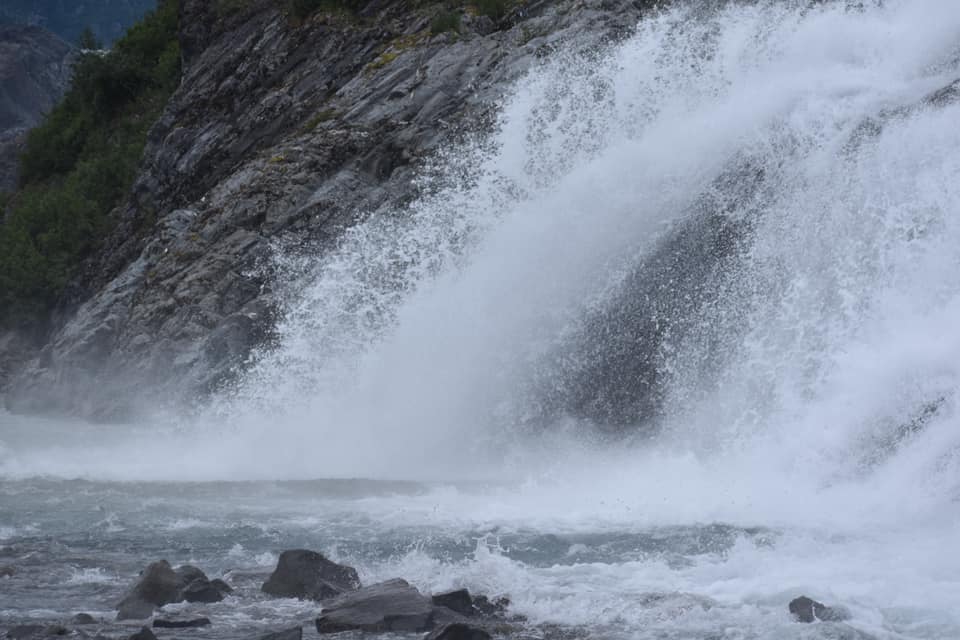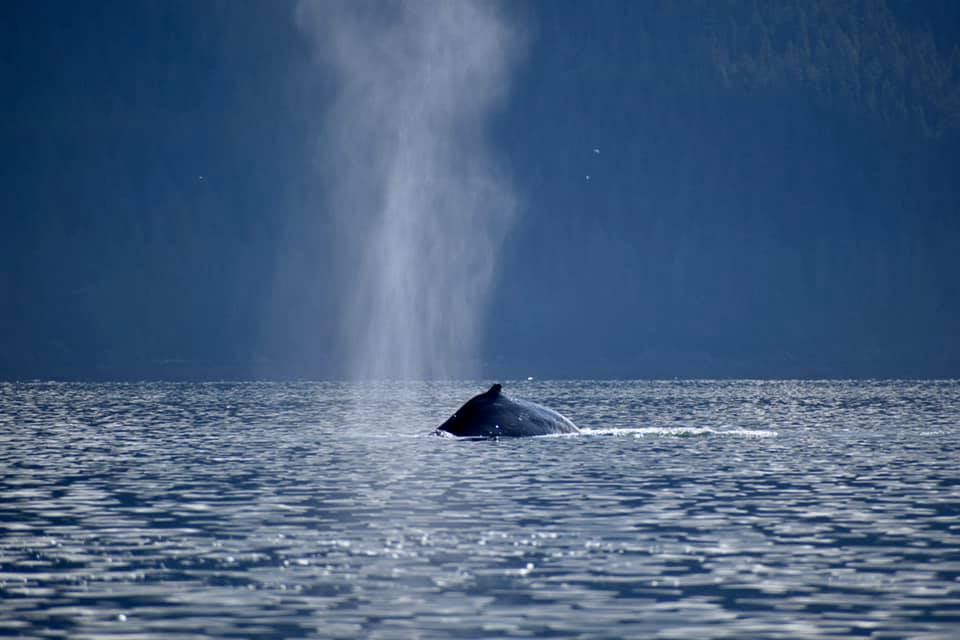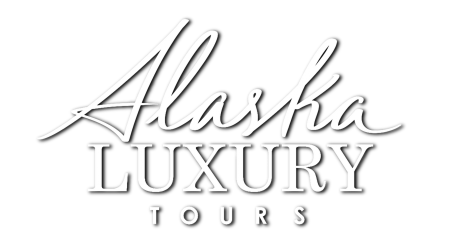Guide to Tongass National Forest, the World’s Largest Temperate Rainforest

The largest national forest in the United States and the world’s largest remaining coastal temperate rainforest, the Tongass National Forest encompasses nearly 17 million acres. The opportunities for recreation and scenic beauty are nearly endless. Discover dramatic coastline dotted with waterfalls and islands, tidewater glaciers plunging down from the mountains, dense forests, and abundant wildlife. It’s truly a must-experience for anyone visiting Juneau.
More than 80 percent of Southeast Alaska is in the Tongass, named by the Tongass Clan of the Tlingit people. Along with the Tsimshian and Haida, they’ve lived in this region for thousands of years. Today, there are more than 70,000 people residing in 32 Tongass communities which includes the Alaskan capital of Juneau.
Juneau is one of the most popular destinations for visiting this majestic forest, home to one of its three visitor centers, the Mendenhall Glacier Visitor Center located just 12 miles from downtown.
Top Things to Do in the Tongass National Forest
Hiking
The forest offers 700 miles of trails ranging from easy walks along lakeshores to challenging mountain climbs. Some routes wind through the moss-draped trees and meadows, while others lead to waterfalls and glaciers. In the Juneau area, there are over 20 trails maintained by the U.S. Forest Service, with five ending at a glacier.

Nugget Falls, Juneau photo credit: K.C. Dermody
One of the most popular hikes from the Mendenhall Glacier Visitor Center is the Nugget Falls Trail. Roughly a mile each way, it runs along the shore of Mendenhall Lake and will bring you to the beach at the base of the falls. The cascades plunge about 377 feet down the mountainside. And, just beyond is the stunning blue-hued Mendenhall Glacier, which lies about three-quarter miles from the fallls.

Nugget Falls with Mendenhall Glacier, Juneau photo credit: K.C. Dermody
Between July and September, there’s a good chance you’ll spot black bears that feast on the spawning sockeye and coho salmon. The salmon also attract bald eagles, while short-tailed weasel, porcupine, and squirrels build their homes on the valley floor. Be sure to keep an eye out for the mountain goats that like to graze on the cliffs and Arctic terns nesting around the lake.
The West Glacier Trail to Mendenhall Glacier is one of the most breathtaking hikes in the Inside Passage. This is a rugged, adventurous outing on the west side of the lake. The route is often wet, with occasional creek crossings so you’ll want the appropriate footwear. It traverses 3.5 miles one way to a rocky outcrop where your reward for the effort is a jaw-dropping overlook of what appears to be an ocean of ice. Accessing the glacier off the trail is not recommended as it’s extremely hazardous.
Getting to Mendenall Glacier Visitor Center and Recreation Area
To reach the Mendenhall Glacier Visitor Center and Recreation Area from downtown, you can drive, take a taxi, the bus, or join a tour.
For the best experience without having to worry about transportation, Alaska Luxury Tours offers private excursions led by naturalist guides. You’ll get more out of the experience through expert insight on the ecosystem and wildlife while enjoying magnificent views of multiple waterfalls and the glacier. An exclusive outting, it includes private transport in a Mercedes “Land Yacht,” a reusable water bottle and trail snacks. Pick-up is right at dockside next to your cruise ship or from your hotel in Juneau.
Bear Viewing

Bear viewing is popular throughout the Tongass National Forest. Not only is it possible to see black bears around Steep Creek at Juneau’s Mendenhall Glacier but coastal brown bears (grizzlies) at the Pack Creek Bear Viewing Area on Admiralty Island. Accessed by a 30-minute floatplane ride from Juneau, it’s managed cooperatively by the Alaska Department of Fish & Game and the U.S. Forest Service. Rules outlined by the rangers must be strictly followed to ensure a stress-free, safe environment for the bears. A maximum of 24 people are allowed to visit, with permits required from April 1 through September 30 each year.
Whale Watching

The blow of a humpback whale hanging in the air, Juneau, photo credit: K.C. Dermody
As the forest is so vast, the entire Juneau region is wrapped in the Tongass. The area includes the coast and waters that surround Juneau, which means whale watching is popular, with hundreds of humpbacks here during the peak season. Those traveling the Alaska Marine Highway can take advantage of the trained interpreters through Alaska’s partnership with the U.S. Forest Service. They sail onboard the ships helping passengers spot whales and other wildlife.
No matter how you reach Juneau, by ferry, cruise, or on your own, joining a whale watching boat tour brings the best odds for humpback sightings. The whales are seen on nearly every trip from May through mid-September. Alaska Luxury Tours is not only committed to the WhaleSENSE program to ensure responsible whale watching, but it also offers the most luxurious experience in the Alaskan capital. Pick-up is from your Juneau hotel or right at dockside in a Mercedes. You’ll travel aboard a private yacht with a master captain/naturalist at the helm. Alcoholic and non-alcoholic drinks, and light bites are included.
